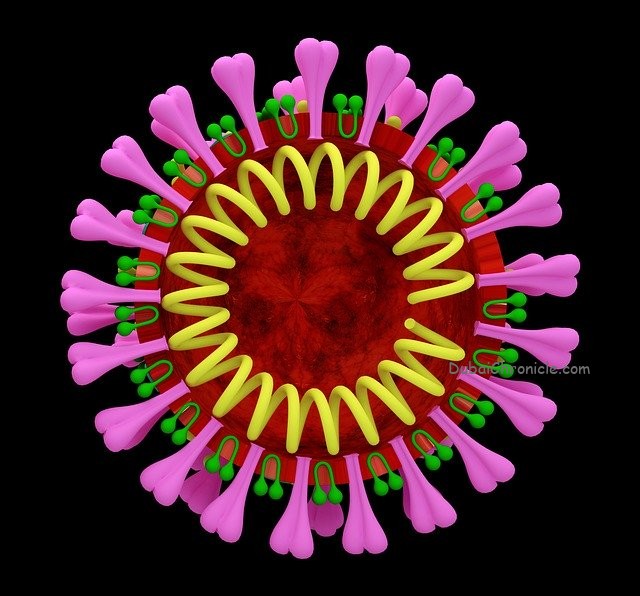
In late April, the US Centers for Disease Control and Prevention updated its list of COVID-19 symptoms. The CDC initially listed fever, cough, and shortness of breath as the defining clinical aspects of COVID-19, but the agency now recognizes that repeated shaking with chills, muscle pain, headache, sore throat, and a loss of taste or smell may accompany an infection.
With the virus and clinical research moving at breakneck speed, researchers are observing more symptoms, with mounting evidence that the disease presents differently depending on the patient’s age. Many of these symptoms of COVID-19 remain rare, and scientists don’t yet know if they are directly caused by the SARS-CoV-2 coronavirus.
Multi-system inflammatory syndrome
On May 4, the New York City Health Department issued a warning that 15 children in the city between the ages of 2 and 15 years had been hospitalized with multi-system inflammatory syndrome, which officials said is potentially linked to COVID-19. There have been reports of similar illnesses among children in Europe who also tested positive for COVID-19. Clinicians described the symptoms as similar to toxic shock syndrome or Kawasaki disease: the children all presented with fever and some with a combination of rashes, abdominal pain, vomiting, and diarrhea. Children are thought to have a lower risk of contracting COVID-19 and getting ill, and doctors have documented multi-system inflammatory syndrome only in rare cases.
Strokes and blood clots
Among adult patients, scientists around the world have observed a correlation between SARS-CoV-2 infection and dangerous blood clots, even among patients who wouldn’t usually be at risk. In a recent report in the New England Journal of Medicine, researchers described five patients between the ages of 33 and 49 in New York City who were admitted to the hospital suffering severe strokes in conjunction with COVID-19. Only one had a prior history of stroke. While the likelihood of young adults suffering a stroke as a result of COVID-19 is low, results published in Thrombotic Research in April show 31 percent of COVID-19 patients in Dutch intensive care units suffered “thrombotic complications.”
“COVID toes”
A red or purple rash resembling frostbite or chilblains sometimes accompanies COVID-19 infection, particularly in younger and otherwise healthy adults. Other viral infections are known to provoke circulatory system inflammation that leads to similar skin lesions, and experts say this could be happening during COVID-19 infection.
Silent hypoxia
Although difficulty breathing is an official symptom of COVID-19, many patients show exceedingly low blood oxygen levels without the accompanying breathlessness. Scientists are investigating why COVID-19 causes this unusual form of hypoxia.
Gastrointestinal issues
Researchers in California, who published their study of 116 COVID-19 patients in the journal Gastroenterology in April, found 32 percent of people experienced mild gastrointestinal (GI) symptoms that included a loss of appetite, nausea, and diarrhea. SARS-CoV-2 is known to bind to ACE2 cell receptors, which are widely abundant in the GI tract and elsewhere in the body, which might explain the multifaceted nature of COVID-19 infection.
Delirium
Among seniors, a COVID-19 infection can be accompanied by disorientation and confusion. Researchers from the University of Lausanne Hospital published clinical guidelines in the Revue Medicale Suisse (translated using Google Translate) for diagnosing elderly patients with COVID-19. The common symptoms they highlight include falls and delirium in addition to fevers and GI issues. The link between infections such as urinary tract infections and delirium in older patients is well-known, though it hasn’t been rigorously investigated.
*Originally Written by Claire Jarvis for The Scientist





































